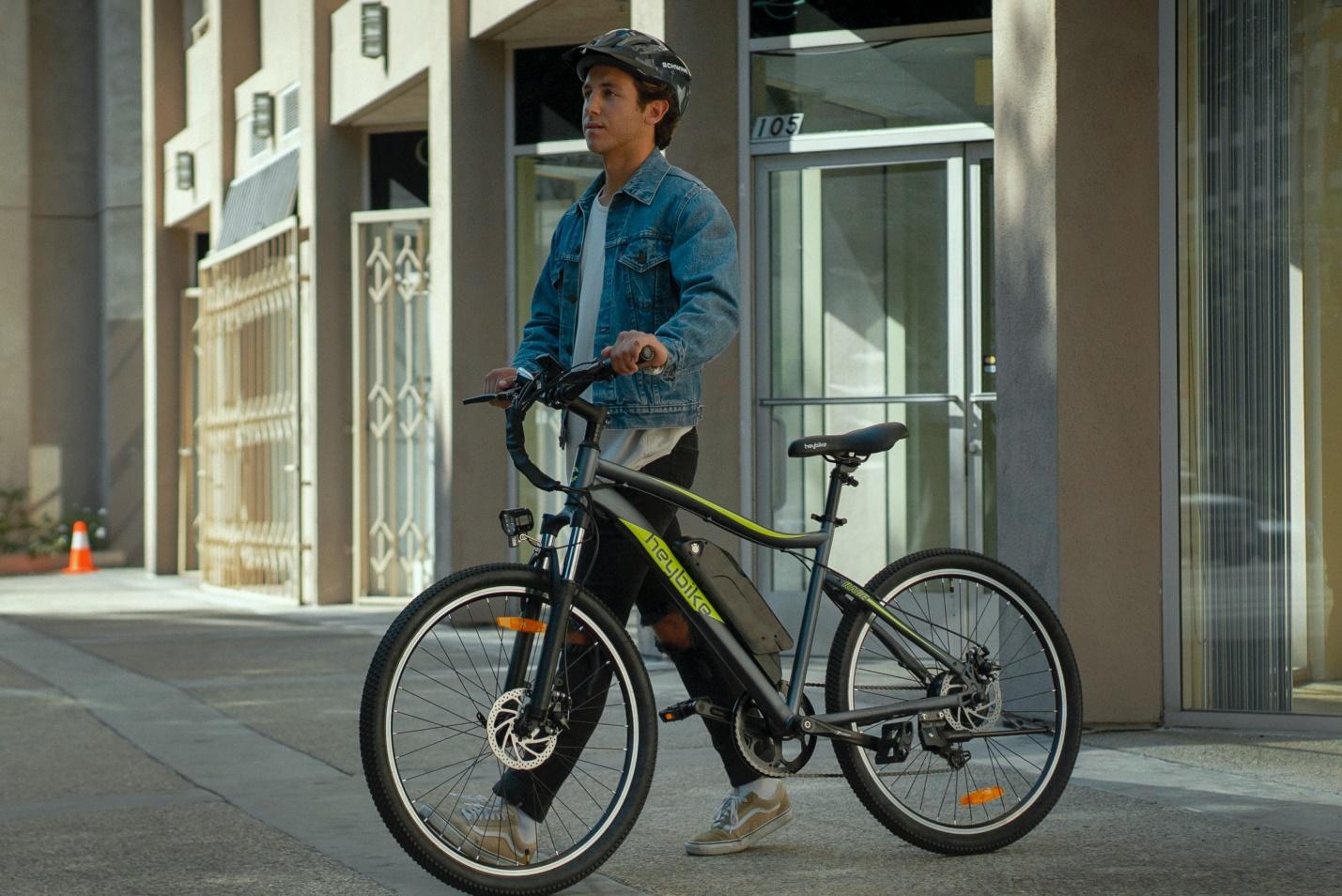A collision on the ski slopes is one of the first causes of a skiing accident that can trigger the civil liability of the at-fault person causing the damage. And often, the fault is demonstrated on the part of the ski area operator responsible for the tracks’ maintenance.
Therefore, if you’ve been a victim of a skiing accident, you must know if it happened due to a defect on the track and weighs on the ski area operator before filing a lawsuit.
Here’s an explanation of the duties of ski area operators, so you must know if they’re at fault.
Duties of Ski Area Operators Before Filing a Lawsuit For Injuries
The Colorado Ski Safety Law protects ski area operators and ski resorts from liability only if the accident occurs due to natural consequences or the skier’s own fault. However, it does not exempt them from liability if their recklessness or negligence causes an accident.
The Ski Safety Law of the state clearly defines the obligations and responsibilities of ski area operators along with their legal rights to ensure they are held accountable if their failure to promote the skiers’ safety or reduce the risk or danger on the track results in the victim’s bodily injury.
A ski area operator has the duty of:
- Posting proper signage
- Properly maintaining ski areas, devices, and equipment
- Properly monitoring the tracks for any safety hazards
If the ski operator fails to fulfill these duties, which may result in a skiing accident, the responsibility will lie on them. The negligence of ski area operators can be classified into:
- Ordinary negligence includes minor errors or inattention to details, causing the accident
- Gross negligence includes the reckless behavior on the operator’s part against which the latter cannot be protected even if the victim signs a waiver of liability.
Therefore, when a skiing accident happens, the victims must also understand the duties of a ski area operator before filing a lawsuit with a personal injury attorney.
It is the responsibility of a ski resort to implement all means to ensure the safety of its users.
The safety obligation that weighs on the operator about the maintenance of the slopes is an obligation of means. Thus, its responsibility is engaged concerning the victim of bodily injury when it is established that the ski resort would have been able to put in place safety systems to avoid the accident.
It is up to the victim of the skiing accident to demonstrate the fault of the operator of the disputed ski slope.
Some Practical Examples
- A skier on a blue run falls and gets injured while hitting the roof of a technical building below the run, thus sustaining multiple injuries. However, it has been shown that the technical building in question was made of concrete, was unprotected, and presented a certain danger due to a sharp edge and the projection of its roof. Even if the signage had been well put in place, the judges would consider that the ski resort had failed in its obligation of means. They may specify that the burden of proof of the skier’s fault weighs on the ski area operator.
- A ski slope operator who does not proceed, at a place presenting a particular danger due to a torrent located below, to specific signage and fails to put an adequate protective device in the form of nets fails in its general obligation of safety. Thus, in the absence of a protective net and specific signage, the at-fault party of the skiing accident is the operator.
Want Compensation For Your Damages from the Ski Area Operator? Talk to a Personal Injury Attorney!
If you’ve suffered a skiing accident that was caused due to poor track or equipment, know that you have the right to file a lawsuit against the ski area operator. The best is to hire a personal injury attorney experienced in handling skiing accident cases.
The Bourassa Law Group is a leading personal injury law firm with specialized personal injury attorneys experienced in skiing accident cases throughout Colorado and beyond.
Get in touch today for a FREE consultation.




